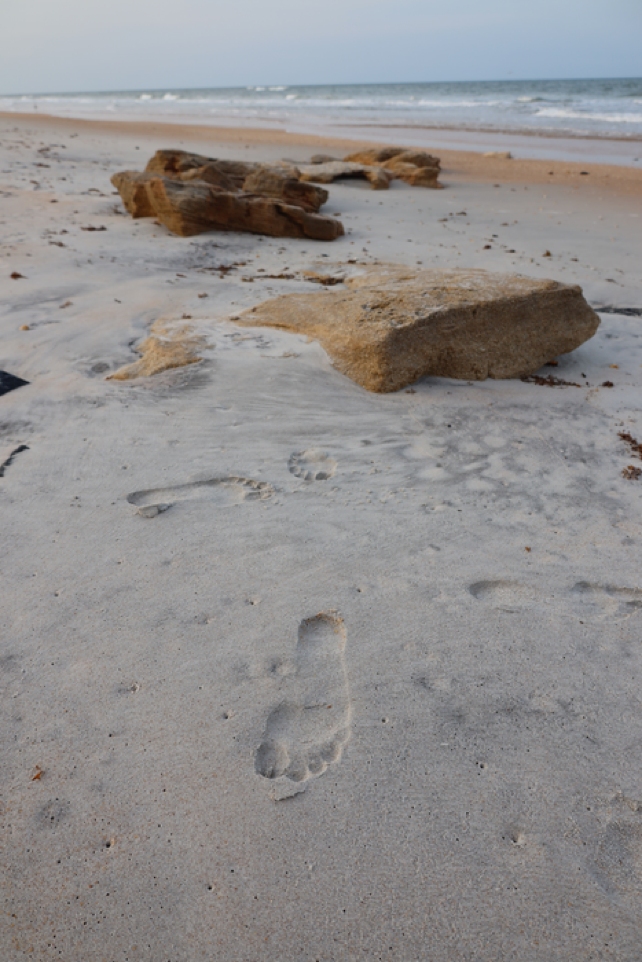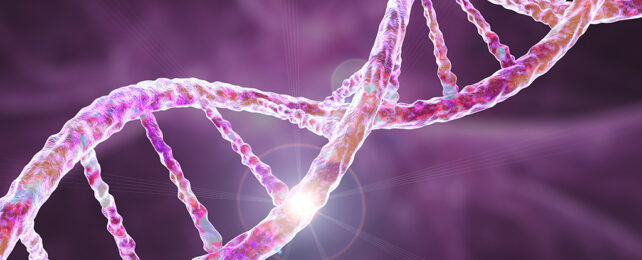Every skin flake, hair follicle, eyelash, and spit drop cast from your body contains instructions written in a chemical code, one that is unique to you.
According to a new study, technology has advanced to the point that it's now possible to sift scraps of human DNA out of the air, water, or soil and decipher personal details about the individuals who dropped them.
As useful as this might seem, the study's authors warn society might not be prepared for the consequences.
"Any time we make a technological advance, there are beneficial things that the technology can be used for and concerning things that the technology can be used for," says University of Florida zoologist David Duffy, who led a project that tested the limits of sequencing human DNA from the environment.
"These are issues we are trying to raise early so policy makers and society have time to develop regulations."
Earth's surface is dusted in discarded plant and animal cells and disintegrated microbes, spilling out what researchers refer to as environmental or 'e' DNA.
By amplifying the smallest scraps of eDNA and reading the sequences, researchers can accurately produce an ecological cast list of organisms present in any one habitat, all at speeds and costs that couldn't be achieved by field work.

What's more, those representative genetic samples can also deliver insights that no other process could accomplish on their own, such as informing researchers on the presence of diseases or the relationships between populations.
This is all well and good when zoologists are plucking long lost genes from ancient sediment, or fishing for signs of a mythological monster in Loch Ness. But in that genetic soup there are bound to be strands of material left by passing humans as well. And unlike Nessie, people tend to get a little funny about who snoops on their genetic secrets.
While older methods of sequencing have struggled to find meaningful human genetic sequences within eDNA samples, a process known as shotgun sequencing isn't quite so limited, as demonstrated by Duffy and his team in their recent investigation.
The research team took water and sand samples from near the Whitney Laboratory for Marine Bioscience and Sea Turtle Hospital at the University of Florida, and from environments along a river in Duffy's home country of Ireland. Among the sites they collected samples from was an isolated island and a mountain stream far from human habitation.
Referred to as human genetic bycatch (HGB), many of the chromosomal fragments they identified using the shotgun approach contained identifying information about their source.
Only the island and remote stream were free of human DNA, although traces of the research team's own genes could be extracted from their footprints in the isolated island's sand.
Air samples from the university's sea turtle hospital also contained eDNA that could be traced to staff, animals, and common animal viruses.
"We've been consistently surprised throughout this project at how much human DNA we find and the quality of that DNA," says Duffy. "In most cases the quality is almost equivalent to if you took a sample from a person."
It's easy to think of ways such highly detailed genetic assays using HGB might be applied in fields of epidemiology or population genetics. Yet the sources of the identifiable DNA in this experiment all consented to be involved in the study, in line with the ethics of published genetic research.
"It's standard in science to make these sequences publicly available. But that also means if you don't screen out human information, anyone can come along and harvest this information," says Duffy.
"That raises issues around consent. Do you need to get consent to take those samples? Or institute some controls to remove human information?"
As a forensics tool, the benefits are something of a doubled-edged sword, expanding on methods for tracing individuals to a scene of a crime.
Yet in light of the CSI effect, where the results of DNA testing is easily misinterpreted by a Hollywood-influenced judiciary, the legal consequences of HGB identification are also yet to be fully explored.
There is also the concern of how far public surveillance should extend in the name of security.
"To be sure, solving crime is a good thing," says Natalie Ram, a law expert from the University of Maryland who wasn't involved in the study.
"But exploiting involuntarily shed genetic information for investigative aims risks putting all of us under perpetual genetic surveillance."
We might imagine an authority maintaining an archive of DNA scraps that have drifted onto just about any crime scene, one few of us would feel comfortable being a part of.
It's far from the first time society has wrestled with the ethical and legal questions of genetic rights, of course. But the net collecting personal genetic information is clearly growing, prompting us to continue asking who should have the ultimate say over the unique code that describes us as individuals.
This research was published in Nature Ecology and Evolution.
